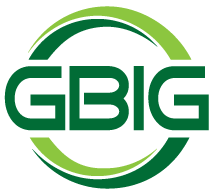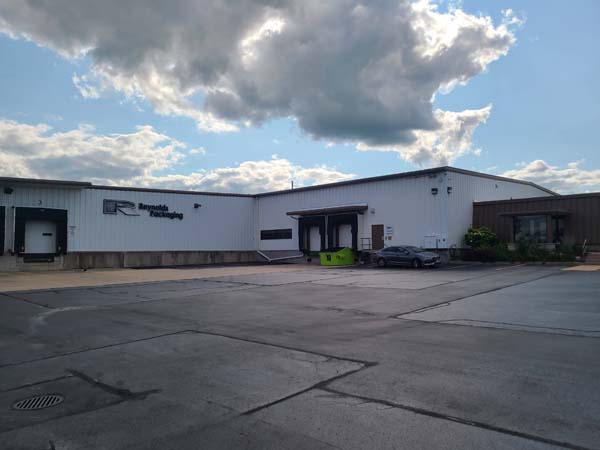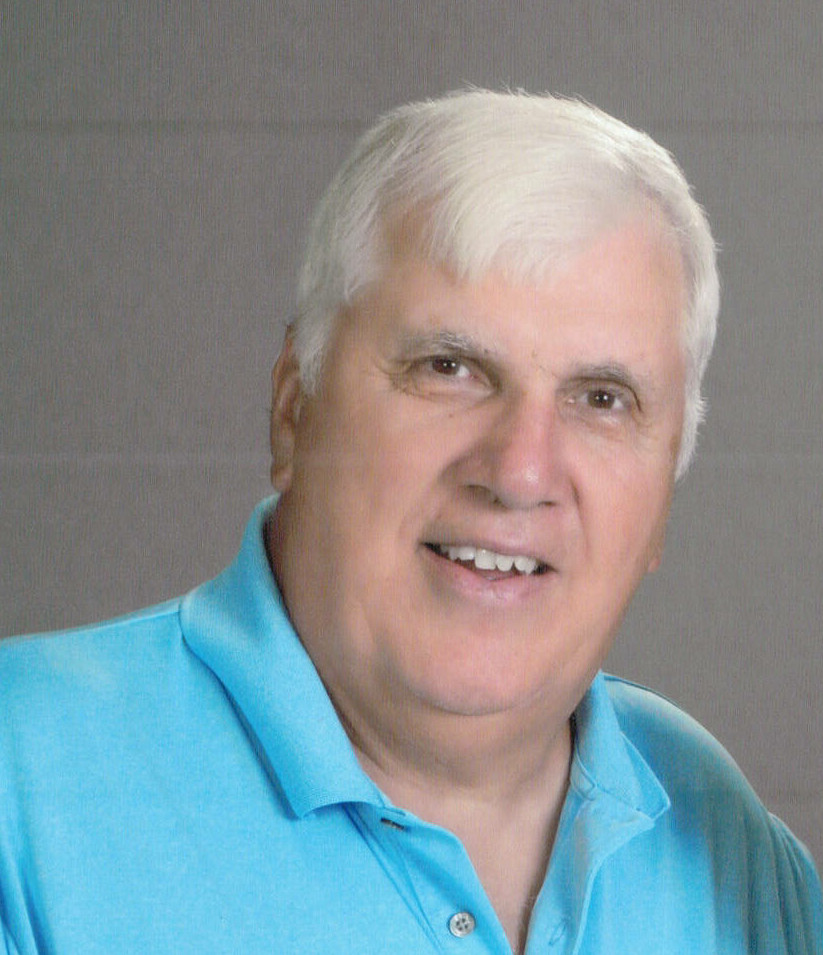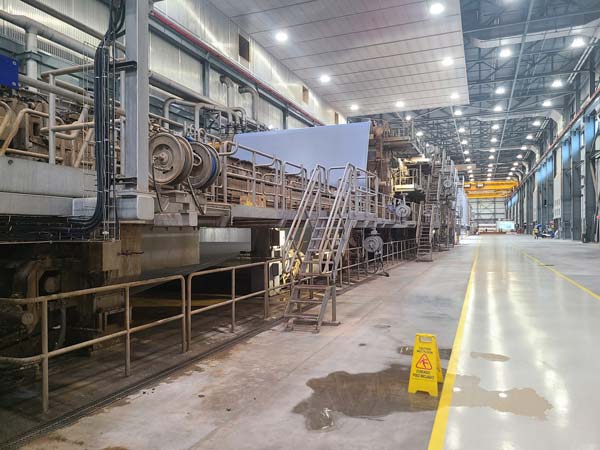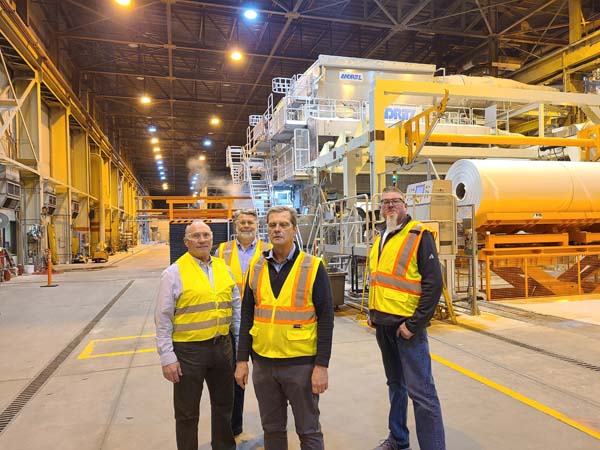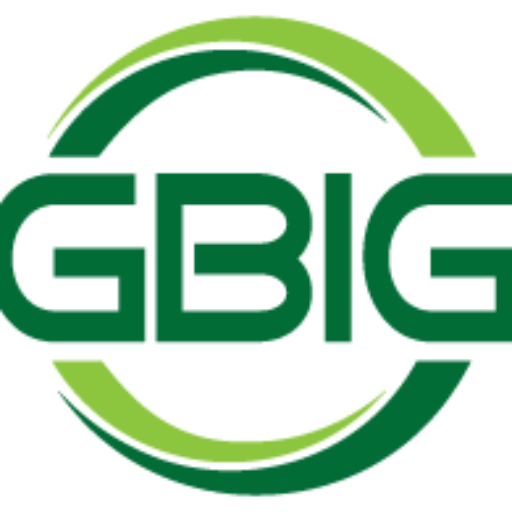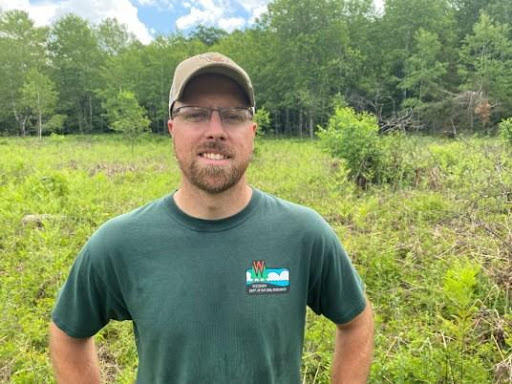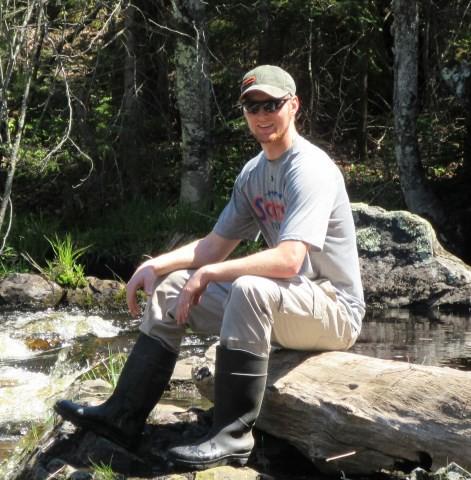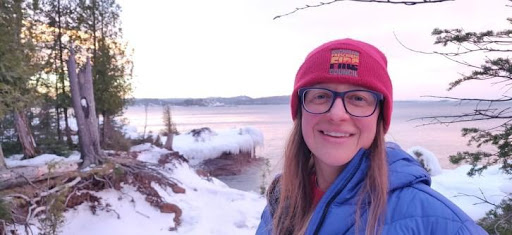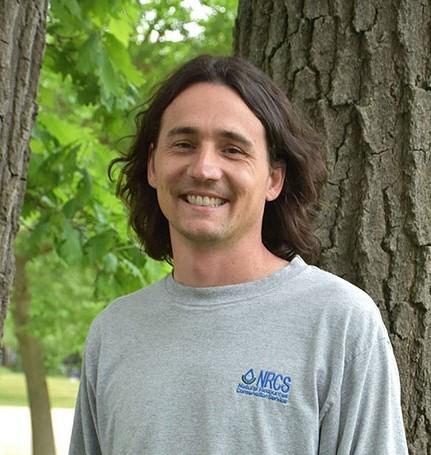By Susan Stansbury, Industry Consultant (contact/bio on Linkedin)
This is the last of three articles about those fantastically creative nonwovens fabrics. I continue with needle punch, carded, and other specialties nonwovens.
First, a reminder… what are nonwovens?
- Nonwovens substrates are neither papers nor wovens (wovens are textiles such as cotton fabrics). In this segment, developers have been creating alternate textile-like fabrics using synthetic and natural fibers.
- Nonwovens can include multiple streams of fibers, plus additives in the manufacturing process.
Thinking about something special…where else could you see a nonwoven dress created via spray onto a runway model live at the fashion show? Fabric producer Fabrican LTD says, “It forms a non-woven material as soon as it comes into contact with a solid surface.” According to WWD (Women’s Wear Daily):
The texture of the fabric can be changed according to the fibers (synthetic and natural, such as cotton, linen, polyester or nylon as well as recycled) and binder used, and how the spray is applied. It added.…guests…were gathered, as Hadid patiently stood for more than eight minutes as the liquid was applied. Once it was dry, an attendant rolled down her sleeves, snipped off the hem and slashed the skirt of the white dress.
Founded in 2003, Fabrican is exploring the uses of its technology in the clothing, healthcare, automotive, packaging and building products fields. The Spray-on fabric can be applied using aerosol technology, industrial sprayers, robots and 3D printing.
On a less “flashy” level, specialty nonwovens find their way into niche and emerging markets. For example, the hardworking nature of needlepunch nonwovens have found a solid role in markets such as automotive and geotextiles.
Known for durability, these nonwovens were part of what was an “aging” category years ago, but with the advent of smaller specialty machines tailored to market and specific products, this material took off on a new trajectory.
Needlepunching, a definition:
A process for making a nonwoven textile in which a continuous mat of randomly laid fibres or filaments is entangled with barbed needles. This causes matting and the production of a “felt” textile.
Needlepunched nonwovens tend to be:
- Very lofty, high basis weight, thick structures with superior strength.
- Chosen for cushioning & padding and ability to trap particles within the fabric (for example in scrubbing). It is used as a filler pad in incontinence pads.
- Flame resistance and antimicrobial additives can be value-added features.
- Selected as an alternative to a washcloth, for example, as a bathing cloth.
- Used as an alternative to laundered and woven cloths; can be molded and embossed, designed for various thicknesses and layered with other materials.
- While the process is often slower and more expensive than other nonwovens, needlepunched nonwovens are selected for premium applications where unique properties are sought.
Carded nonwovens are tough.
These nonwovens are based on an older technology, but they keep finding niches similar to needlepunch, but may be made to thinner specifications. Known for scrubbing ability when made into cleaning pads, they can be apertured, dyed and made to stiff specifications. Fiber content can include rayon for some absorbency. Carded nonwovens can also be used as a layer to be hydroentangled as part of spunlaced nonwovens, as part of wet wipes and other applications.
Air Through Bonding offers options.
According to producer, Texol: The need for green technologies and high performing material equals a commitment to developing solutions as “air-through-bonded” nonwovens. It’s a process where the application of heated air to the surface of the nonwoven fabric achieves better web integrity. The result is a nonwovens material that is soft, with lower basis weights than many other fabrics can achieve.
These nonwovens are just a sampling of the myriad possibilities for fabrics. New developments continue to focus on improved attributes for products, to be more printable and converter-friendly, to become more environmentally friendly, to be truly flushable, and to lead as alternatives to other materials.

